The ultimate bug-out bag is a portable kit that contains all the items you need for survival in the next 22 hours (or more). But there are also kits designed to last even longer – 3 days, 7 days, etc. The survivalist subculture kit—BOB—focuses on quick evacuation and short-term survival, not long-term.
Table of contents
The BOB has a broad range of use among both the military and law enforcement, but now, the term BOB (grab bag, bug out bag, personal emergency relocation kits, PERKS, a good bag, bailout bag…) has been used to refer to equipment designed for escaping during emergencies. It must be light to carry, and it must be compact enough to not get in the way when doing an all-out run…).
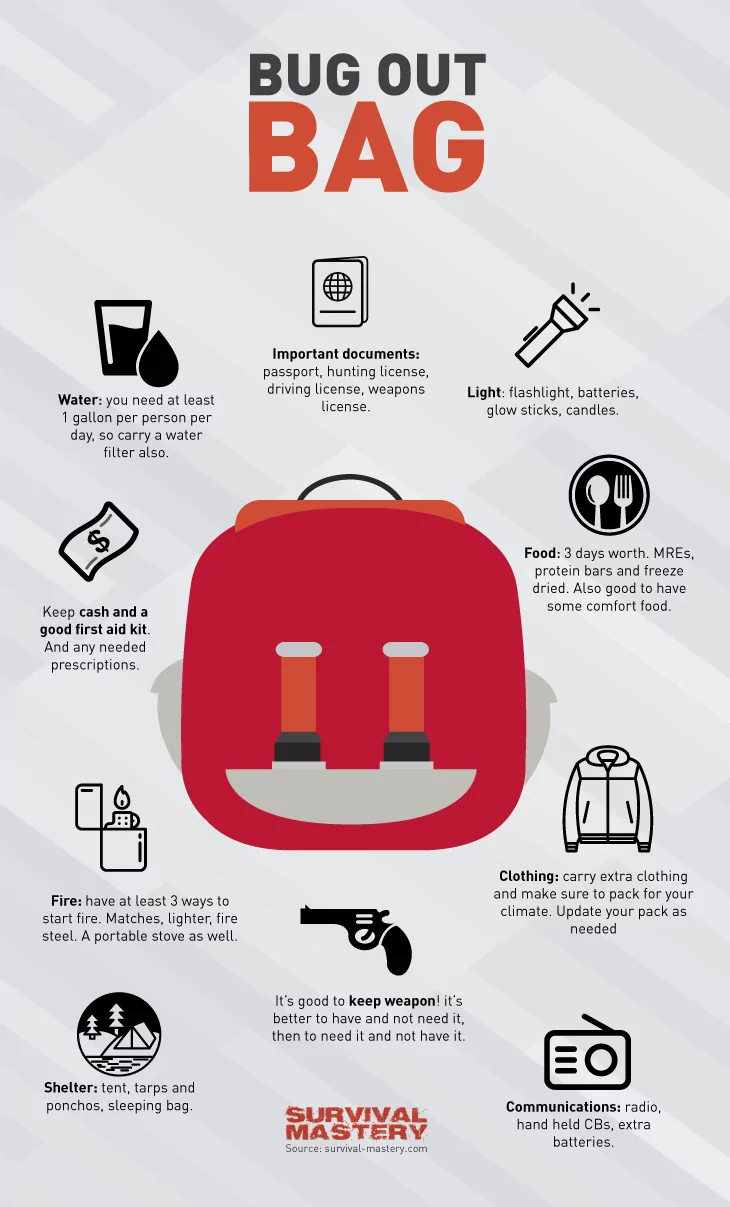
No one wants to be caught in a situation when they have to drop and leave everything behind during an emergency. But given the uncertainties in our modern world, there is always the possibility this can happen.
Many people think they are prepared for any situation but are you really? We deal with this primary question every day, so making sure we have a good bug-out bag is important.
Some unexpected disasters in today’s world may result from civil unrest, natural disaster (flood, hurricane, tsunami, earthquake…), fire, home invasion, mass shooting, a terrorist attack, etc. Being prepared for both urban and wilderness survival is essential.
Getting Ready with Your Bug Out Bag
Being prepared is not being paranoid, and having a BOB ready to go when you need it could provide the few minutes you need to escape or not. So what makes a good BOB? There are many opinions on what is needed, but there are some basics that all bags should have..
When preparing your bug-out bag, you can individually pick out the essentials you think are necessary for your own and your family’s survival. But there are also ready-made bug-out bags sold on the market that can also serve your needs.
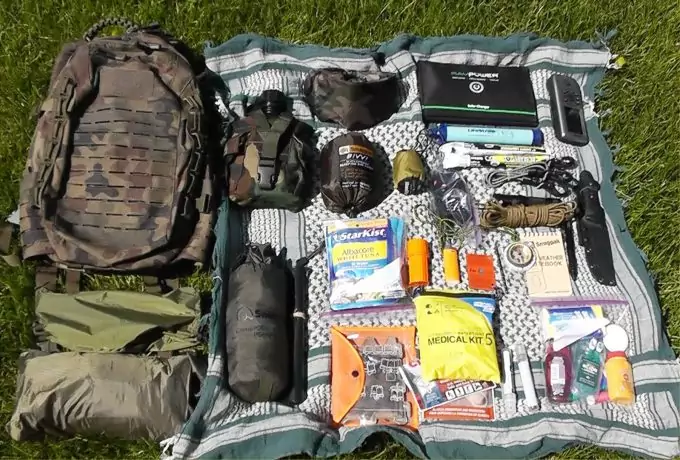
This guide will both help you prepare one, and provide some suggestions on bug-out bags you can purchase.
Comfortable, Fit and Spacious Bug-out Bag
Ensure you can carry it comfortably, especially since you may have to walk for a long distance. Carrying a heavy, poorly limited BOB will limit the distance at which you can travel and reach safety.
A BOB, aside from comfort, should also give you enough space for your organized gear, so you may want to opt for the one with more pockets, loops, zippers, and straps. Being organized may mean the difference between life and death.
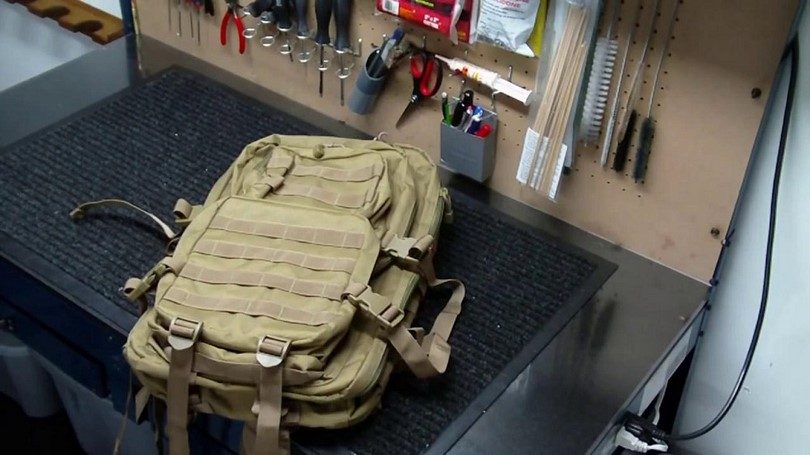
Aside from a good fit, you should have several compartments, too, so that you have several options on how you organize your gear. Both regular backpacking packs and military bags provide these options.
There are many good military-type packs to choose from. One good choice is a BYS Military Army Patrol Molle Assault Pack. This is a well-priced, durable backpack that has two separate main compartments and two front pockets. It also comes with different attachment points, D-rings on shoulder straps, and loops.
This backpack also has an integrated VELCRO pocket for a hydro pack, a weight of 1400 grams, and a capacity of 36 liters.
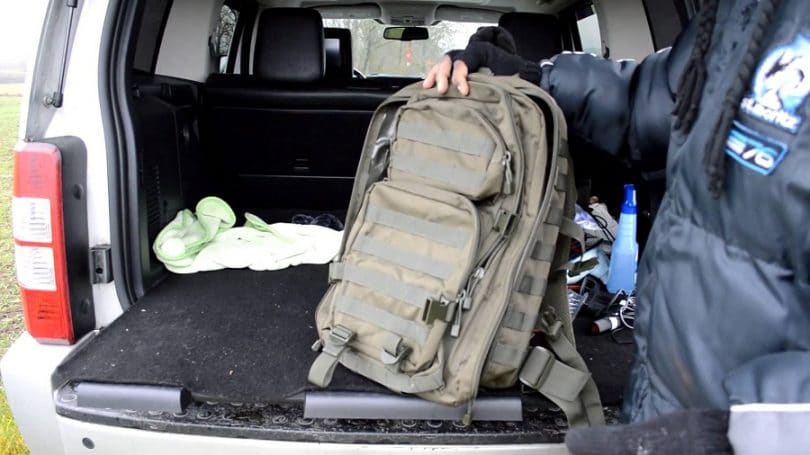
Another good choice is the 3V Gear Outlaw Sling Pack, a heavy-duty bag made with 600D PVC nylon. It has a large main compartment with good internal organization and an overall size of 694 total cubic inches. This smaller pack is a very good price ad can be worn in the front comfortably while you’re sitting.
Finally, if you have some cash, check out what I think are currently the best backpacks and assault packs currently made here in the US by Mystery Ranch. I’ve been using their packs for 30 years, and you won’t find a more durable or well-made pack.
Their 3-Day Assault pack is one of my favorites.
Packing Simple
You know that you’re not packing out a mobile home in a hurry, so you should not bring everything you want, rather just what you need in an emergency. You want to pack light so you can move fast when needed. You also want to pack things to make yourself and your family are self-sufficient.
If you bring something you will have to source later, forget it. It would help if you did not worry about scavenging. It would help if you planned your BOB with a well-defined plan and destination in mind.
If you don’t have a clear destination, a good starting point may be 72 hours, approximately the time a person can live without water. There should be no luxury items, only what you need to survive in your bug-out bag.
Basic Bug-out Items
Logistics
You should bring a map and a compass whether you are in a wilderness or urban setting. You should know the direction in which you will be traveling.
Shelter & Sleep
You can stay in abandoned buildings or build your own shelter, but carrying at least a tarp is smart, especially if you are in a wilderness setting in colder temperatures. Make sure you also pack cord for setting up the shelter.
Choosing a sleeping bag depends on temperatures, but remember that you can always add your clothing layers for warmth. You also shouldn’t dismiss Down sleeping bags. They are much lighter than synthetic, but if protected in a trash bag and not allowed to get wet, they are ideal. I’ve used mine for over 15,000 miles of backpacking with no issues.
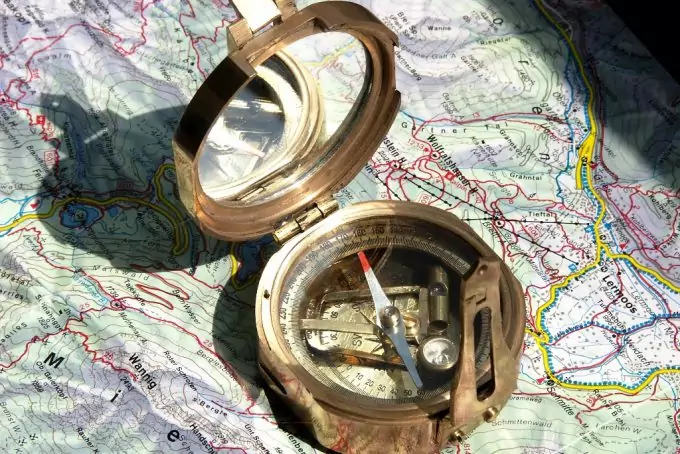
Fire
There may be times you need fire for survival, signaling, heating food, protection, etc. A fire starter is important to carry and know how to use. You can take a lighter, but eventually, these may break or run out of fuel. Matches are another option, but make sure they are waterproof or don’t get wet.
The GERBER Bear Grylls Fire Starter is a good product for fire-starting. It also comes with a waterproof storage compartment for tinder and works as a compact firestarter with a metal striker and a ferrocerium rod.
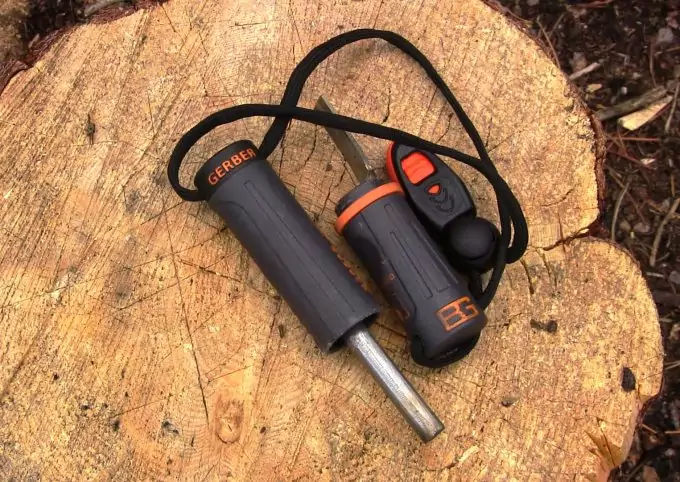
Clothing
You will be moving fast on your feet so other than the layers you are wearing, bring good rain gear, a weather-resistant jacket, and an extra pair of socks. Note that clothing often is weather or season-dependent.
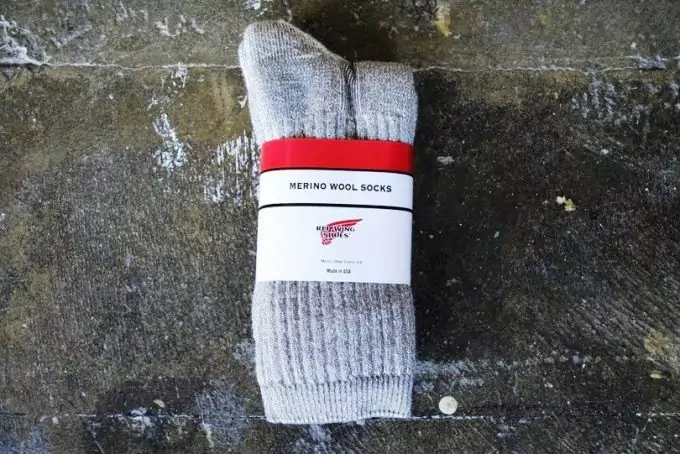
Food
Keep your food compact, light, and nutritious. Dehydrated food, freeze-dried food, MREs, and bars are ideal. There are also many foods that don’t need to be heated but can be cold-soaked or eaten dry.
Customizing the Bug Out Backpack Essentials
As mentioned, you may have to customize the contents of your backpack, depending on your situation.
Urban
For emergencies in an urban setting, such as an industrial accident or a terrorist attack, there are some unique elements to consider when preparing your bug-out bag.
You may need to look for food and water from abandoned or deserted buildings, need to avoid broken glass and building debris, or encounter other people also trying to survive. There may also be the need for an emergency shelter because buildings are in poor condition.
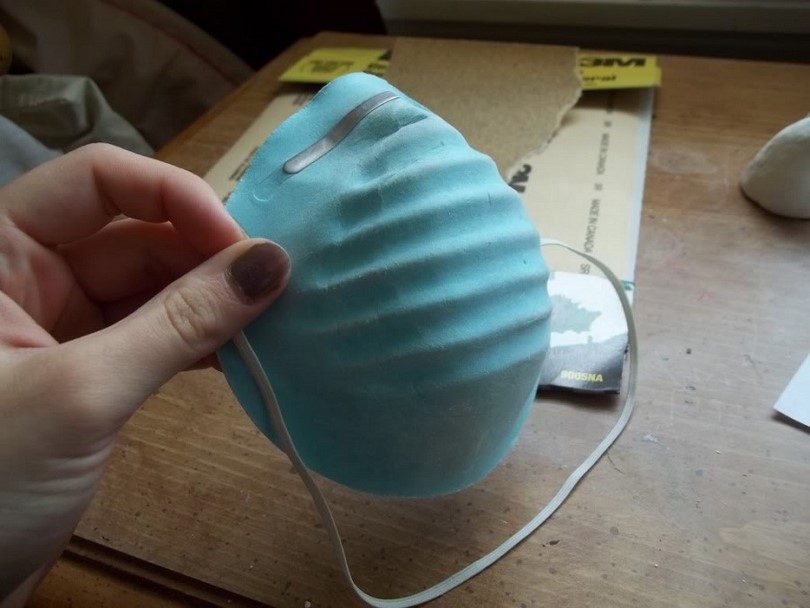
A few, but not all, items that may be unique to urban settings include those below.
- Can opener – opening canned goods
- Dust mask – protecting your lungs from debris, dust and chemicals
- Work gloves – sifting through debris and glass.
- Crowbar – moving debris and prying open windows an doors
- Bartering – Items to barter with, alcoho, ammunition, food, prescription drugs, drugs, etc.
Wilderness
On the other hand, if you’re preparing for wilderness survival, there are basic gear essentials you may find helpful.
- Compass/Map – navigation
- Fire starter
- Hatchet/Knives – to build shelter and cut firewood
- Water filter
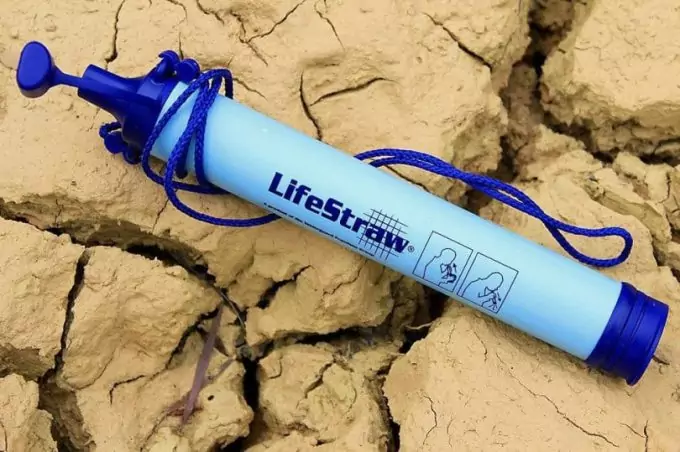
But there are also filtration systems available. One of the best and most portable is the LifeStraw Personal Water Filter which can remove at least 99.99% of waterborne bacteria and 99.9% of water parasites.
Aside from being practical and portable, this product can also filter up to 1000 liters of contaminated water even without chemicals, chlorine, and iodine. Products like it can purify and filter water to ensure you have clean and safe drinking water.
Reminders for Packing Your Bug-Out Bag
- Contents – Avoid packing more than what you will need. You will need to move fast, but have what you need to survive. You will need to keep your pack light so pack a list.
- Space – Leave space for important items. You may find you need to carry water or wood. Leave room in your pack for items you will have to transport.
- List – Make a list and check it regularly. Conditions will change based on seasons, family members, emergency type etc. A list will keep you organized and fast.
- Rotate – Learn how to rotate your stock, including vitamins, food, water and medicine. You don’t pack your food inside the bag and lock it up, but go through it to monitor what to replace and what you have.
- Duplication – Have duplicates of what you might put into different bags should you bring more than one. These things do not have to be exact duplicates. What you also have to remember is to get your basics covered and to not to be stuck because your fire-starter is in another bag.
You may also want to choose things that can do more than one function, both to save space and have some overlap in capabilitis. - Multiple BOBs – If possible, have more than one bug out kit, although this may not be feasible for everyone. You can consider not keeping all your things in your house, but you may want to keep some of your items in your relative’s house or hidden in the woods where you can retrieve them later.
- Survival skills – Learn survival skills, so you don’t have to take much equipment. For instance, learn how to build a fire or filter water, two of the most essential survival skills everyone should learn. Remember, skills can also be bartered and add value.
- Packing – Remember to pack heavy items closes to your back, as close to your spine as possible. Additionally, pack by frequency of use and urgency, so put things you use a lot at the top of your bag and the things you don’t use a lot at the bottom. If possible, you can also consider buying a bag that you can access quickly from top to.
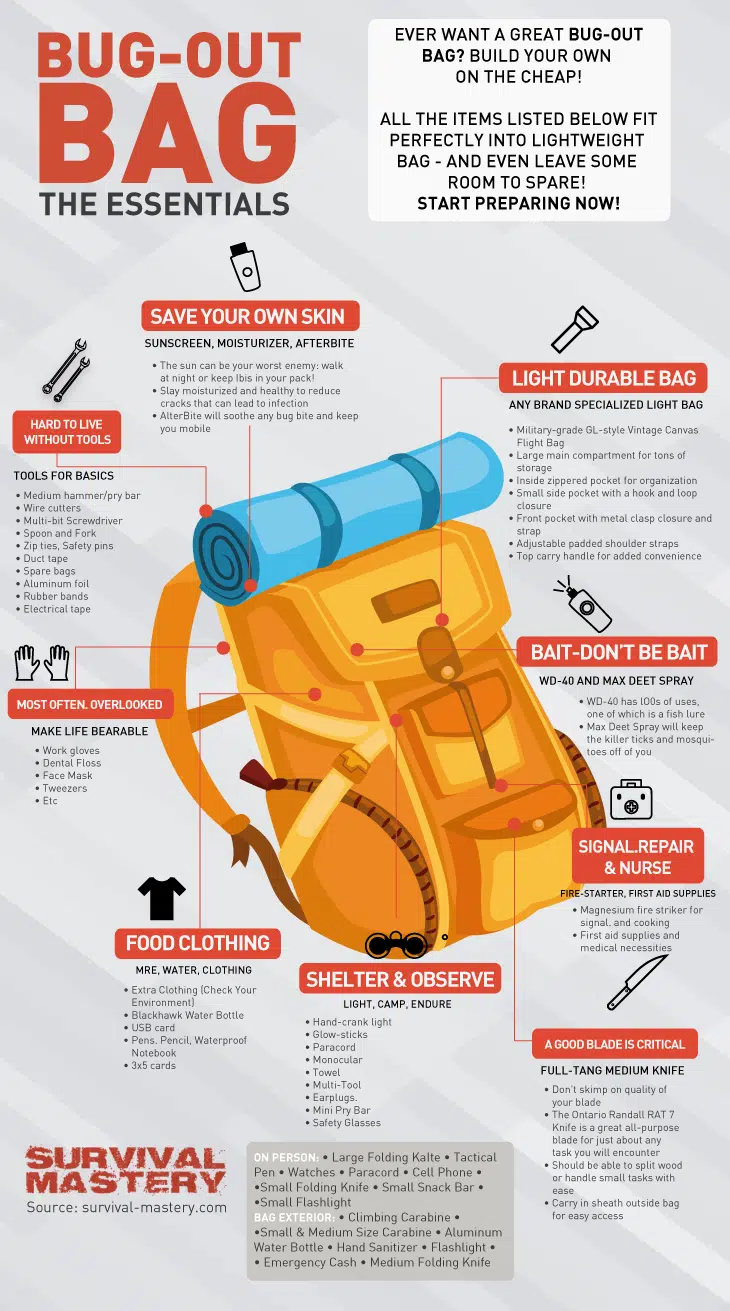
Your bug-out kit may mean the difference between life and death so pack the essential things you need for survival during an emergency, such as fires, riots, civil unrests, disasters, and terrorist attacks, in your bug-out bag.
Bug-out bags are not difficult to make or purchase, and should be a critical part of protecting yourself and your family.


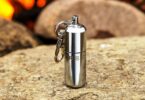

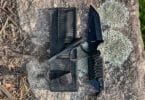

I already have one BoB packed and it’s what I wear on my hiking excursions. I am planning on creating at least 2 more; one for each of my vehicles. I also have two kids and have gallon-sized baggies with child-specific items for them.
That’s great! Sounds like you will be prepared for any SHTF situation!
I am preparing for a road trip, and maybe For a short hike as well, I have all the things I need inside my bug-out-bag and some additional bags for blankets and clothes. I am planning to bring my dog with me because I will be away for 5 weeks, and I don’t have someone to look after him. I trained him before how to carry small backpacks for his food and water. Of course, I’ll bring spare food for him too. Can you recommend me some things I might need to include for my dog’s bug out bag? Thanks.
Your dog’s bug-out-bag should include: copies of dog ID, health record, and emergency contact; A colored photo of you and your dog; Dog food & water; Non-spill bowls; Collar &
leash; 1 small lightweight blanket and towel; and Allergy medication.